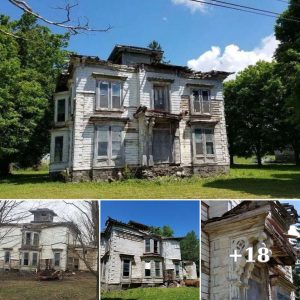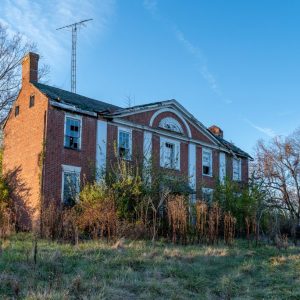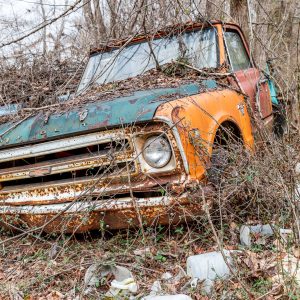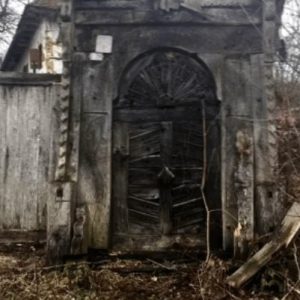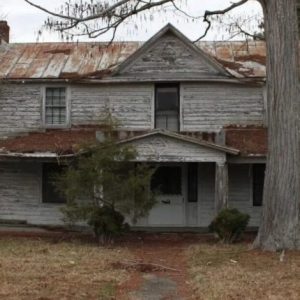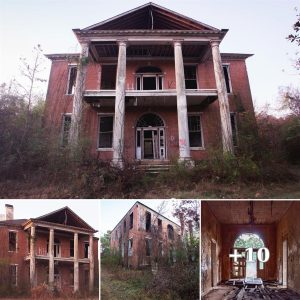The Last Vestiges of the Abandoned Most Blessed Sacrament Church
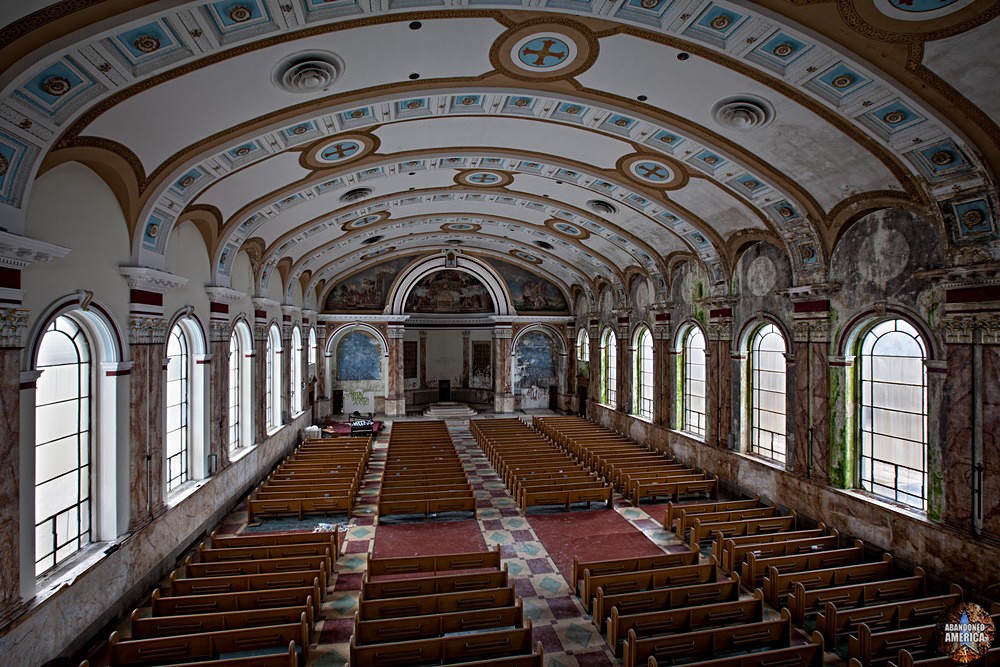 View from the choir loft of the Most Blessed Sacrament Church in Philadephia
View from the choir loft of the Most Blessed Sacrament Church in Philadephia
The parish for Most Blessed Sacrament, a former Catholic church located at 56th Street and Chester Avenue in West Philadelphia, was founded in 1901, but the cornerstone for the church wasn’t laid until 1922. Construction on the Neo-Renaissance church, designed by architect Charles Willis Gilmore, was completed in 1924. Several other buildings, including the school and rectory, were added later.
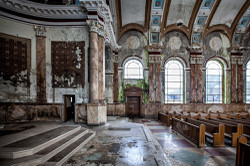
Kingsessing, the neighborhood in which Most Blessed Sacrament is located, is the oldest section of Philadelphia and was settled by the Swedes in 1644. At the time of the church’s construction, the surrounding area was mostly farmland and estates, but the population was about to explode. Industries and commercial corridors were sprouting up, and by the 1950s, Most Blessed Sacrament’s school was the largest parochial school in the world. Racial tension in the 1960s led to many Catholic families moving further into the suburbs, and as industries closed over the following decades, support for the church waned, and the area’s economy cratered. Despite running programs like a food pantry and thrift shop that benefitted the community, Most Blessed Sacrament merged with Saint Frances De Sales in the 1990s, and the school closed in 2002 with only 250 students left on the rolls. The church wasn’t in much better condition, with 200 families on the parish roll, and was closed by the Archdiocese of Philadelphia in 2007 – but not before they made sure it would not be granted historic designation. The stained glass and artifacts from Most Blessed Sacrament were taken to Saint Bede the Venerable in Holland, PA.
In 2016, Independence Charter School West opened in the former school building, but despite hope that perhaps the church would be repurposed as well, it remains vacant and in a worsening state of decay. Despite its architectural and historic significance, the church building seems unlikely to be saved. If not, it will join the ever-expanding list of significant historical buildings in the city that could have been repurposed to benefit the surrounding community but were not.
